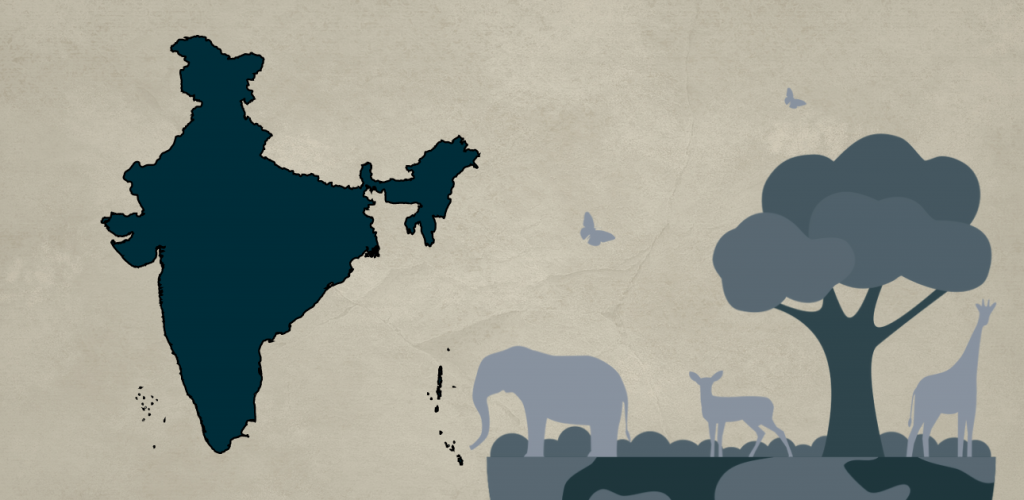The Wildlife (Protection) Amendment Bill, 2022 was approved by the Rajya Sabha.

Wildlife (Protection) Amendment Bill, 2022
- The Wild Life (Protection) Act of 1972 is amended by the Bill by adding more species to the list of those that are protected.
- The Bill includes 50 suggested changes to the Act.
- This bill changes the definition of “Wild Life” to “Tiger and other Endangered Species,” including flora, wildlife, and aquatic life.
- In accordance with the Convention on International Trade in Endangered Species of Wild Fauna and Flora, the Bill also restricts the trade in wild animals (CITES).
Key Highlights
(1) Implementing CITES
- The Bill seeks to implement CITES, which was adopted in 1979 after being signed on March 3, 1973, in Washington, D.C., to facilitate international trade in plant and animal species.
- The Bill defines a “specimen” as any animal or plant that is in one’s custody (dead or alive).
- It also functions as a management authority that will grant CITES-compliant licences for the trade of scheduled specimens.
- According to the Bill, the Center may designate a management authority to issue export or import permits for the trade of specimens and a scientific authority to provide guidance on the impact of the transaction on the survival of the specimens.
(2) Classification of specimens
- The Bill categorises animals into two schedules that are specifically protected and, with some exceptions, forbids anyone from trading in them.
- The Bill substitutes a new schedule for specimens classified for extinction under CITES in place of the current schedule for pest species.
- The Bill also includes schedules for I and II. Schedule I has 131 mammals, 112 birds, 43 birds, 26 fishes, 63 insects, and 388 corals. Schedule II includes 864 birds, 41 mammals, 12 reptiles, 58 insects, molluscs, and sponges.
- There is also a schedule specifically for plants.
(3) Prohibitions
- The Bill aims to give the Centre the authority to control or forbid the import, trade, possession, or proliferation of plant or animal species that are invasive alien species and not indigenous to India.
- A conservation reserve, which is a region next to national parks and sanctuaries, can also be notified by the Centre in addition to states.
- To the Chief Wild Life Warden, anyone may voluntarily turn over any captive animals or animal products (an appointee of state governments).
- However, no compensation would be granted to the person for it and the relinquished objects become the property of the state government.
- According to the Bill, there is a minimum fine of Rs 25,000 and a maximum fine of Rs 1,00,000 for violations involving specially protected animals.
Issues raised
(1) Elephants transportation
- The amendment indicated concern for the protection of the animal while granting considerable latitude for the movement of live elephants.
- For India, the elephant is a symbol of its national heritage.
- The Standing Committee approved the elephant’s religious significance, but the Minister also added the phrase “for any other purpose.”
(2) Vermins
- The cost of crop destruction by wild animals to the national economy has never been calculated.
- Several species, including fruit bats, common crows, and rats, have been classified as vermin by the WLPA since 1972.
- Killing animals outside this list was allowed under two circumstances:
- Any species other than those afforded the highest legal protection (such as tigers and elephants but not wild boars or nilgais) may be proclaimed vermin at a specific location for a specific period of time under Section 62 of the WLPA if there are acceptable grounds for doing so.
- Any animal, regardless of its place in the Schedules, may be killed in accordance with Section 11 of the WLPA if it becomes “threatening to human life.”
- The issue of the declaration of Vermins has since entered the realm of centre-state politics.
